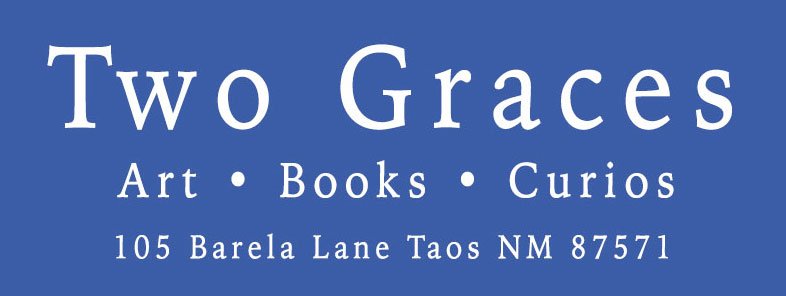Route 66 Sio Hemis Kachina
A Route 66 Kachina Sio Hemis by Hopi carver Abbott Sakiestewa (1920 - 1982) from the collection of Manhattan Project physicist Arthur D. Schelberg (1921 NYC - 2009 Los Alamos, NM) Schelberg worked on the Manhattan Project in 1943, and retired from the Los Alamos Laboratory in 1982.
Abbott Sakiestewa (1920 -1982) and his family made kachinas out of cottonwood root painted with tempera paint, selling them out of their store, the Kachina Doll House, in Winslow, Arizona.
The Hemis Kachina is the very important leader of the Niman Dances, praying for rain for the corn fields and ensuring the abundance of future crops. This is the Sio Hemis (borrowed by the Hopi from the Zuni) and his tablita is painted with sunflowers, and rain symbols. Made from cottonwood, with paint, feathers and string, circa 1950s, 6 inches tall
A Route 66 Kachina Sio Hemis by Hopi carver Abbott Sakiestewa (1920 - 1982) from the collection of Manhattan Project physicist Arthur D. Schelberg (1921 NYC - 2009 Los Alamos, NM) Schelberg worked on the Manhattan Project in 1943, and retired from the Los Alamos Laboratory in 1982.
Abbott Sakiestewa (1920 -1982) and his family made kachinas out of cottonwood root painted with tempera paint, selling them out of their store, the Kachina Doll House, in Winslow, Arizona.
The Hemis Kachina is the very important leader of the Niman Dances, praying for rain for the corn fields and ensuring the abundance of future crops. This is the Sio Hemis (borrowed by the Hopi from the Zuni) and his tablita is painted with sunflowers, and rain symbols. Made from cottonwood, with paint, feathers and string, circa 1950s, 6 inches tall
A Route 66 Kachina Sio Hemis by Hopi carver Abbott Sakiestewa (1920 - 1982) from the collection of Manhattan Project physicist Arthur D. Schelberg (1921 NYC - 2009 Los Alamos, NM) Schelberg worked on the Manhattan Project in 1943, and retired from the Los Alamos Laboratory in 1982.
Abbott Sakiestewa (1920 -1982) and his family made kachinas out of cottonwood root painted with tempera paint, selling them out of their store, the Kachina Doll House, in Winslow, Arizona.
The Hemis Kachina is the very important leader of the Niman Dances, praying for rain for the corn fields and ensuring the abundance of future crops. This is the Sio Hemis (borrowed by the Hopi from the Zuni) and his tablita is painted with sunflowers, and rain symbols. Made from cottonwood, with paint, feathers and string, circa 1950s, 6 inches tall






